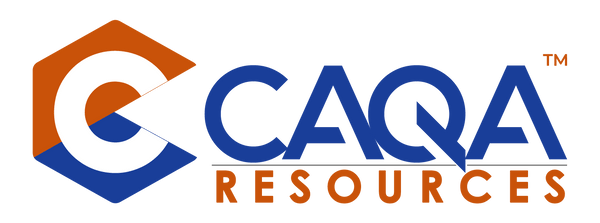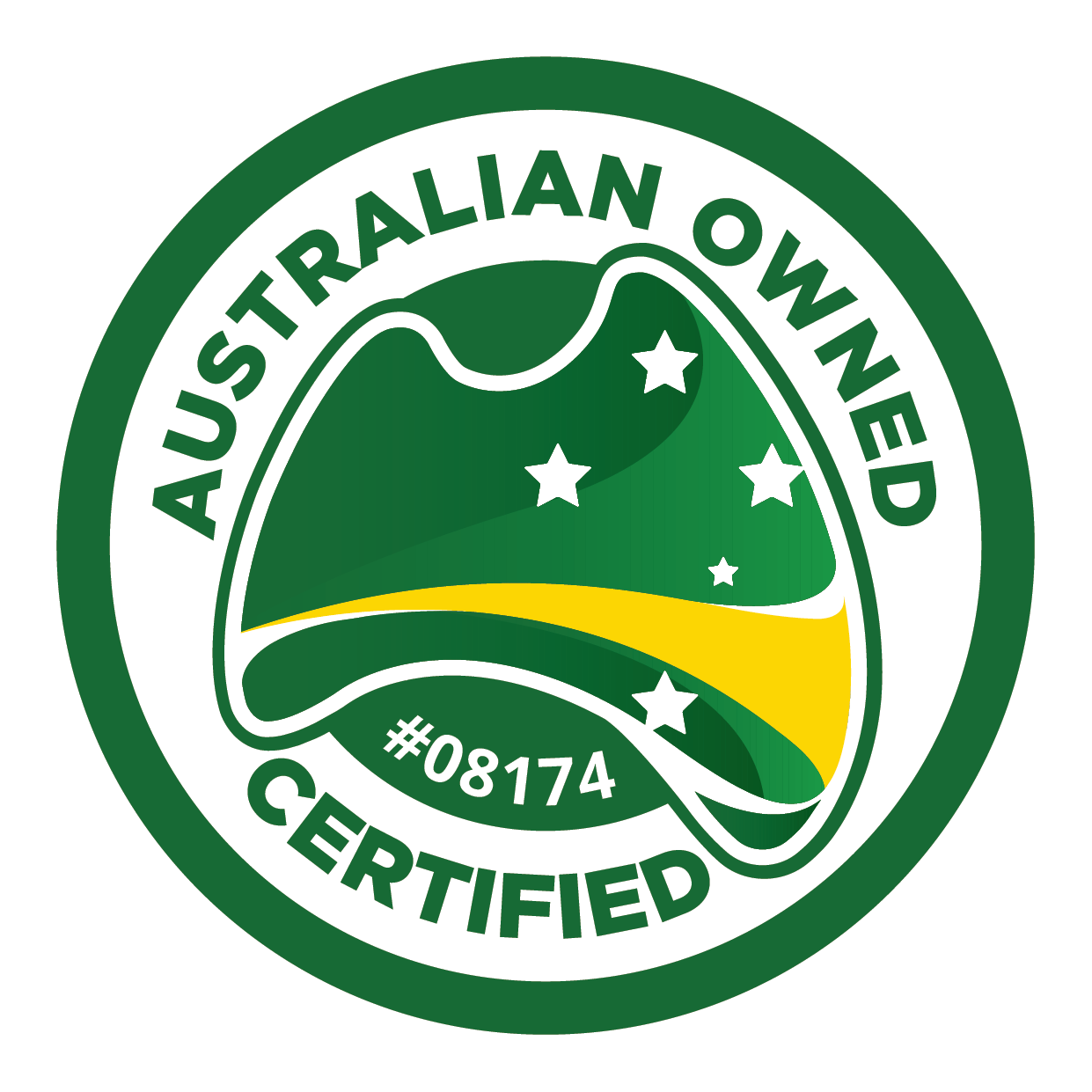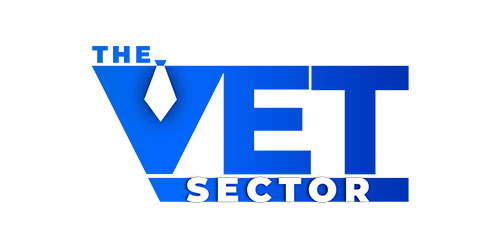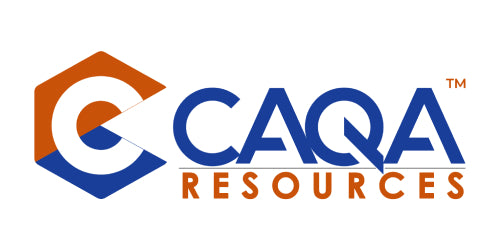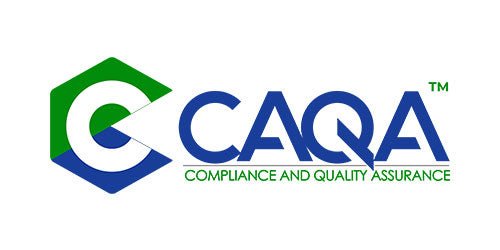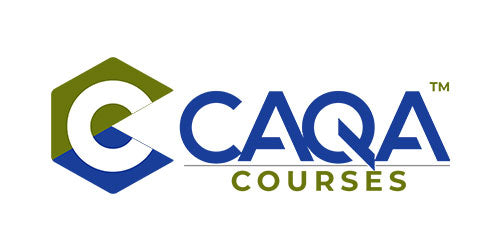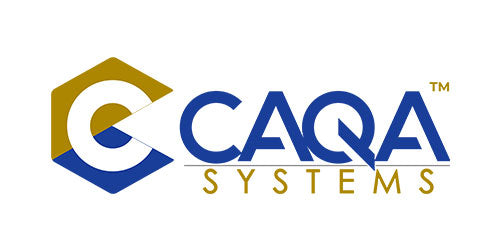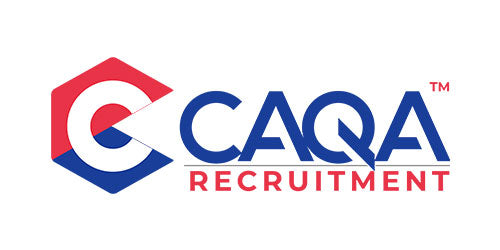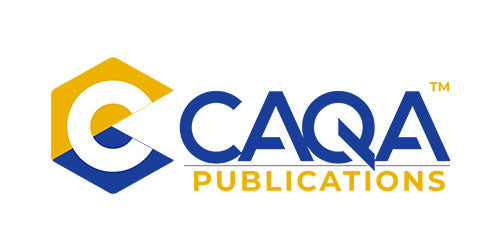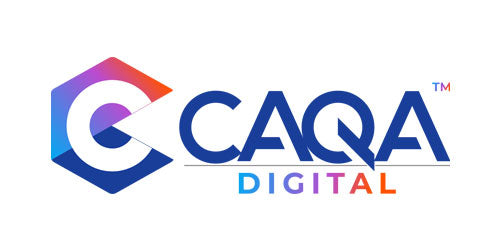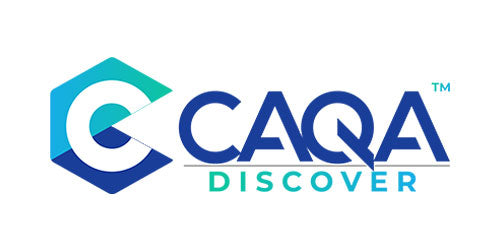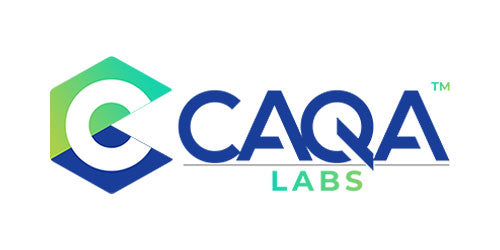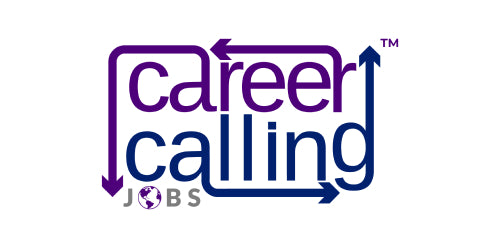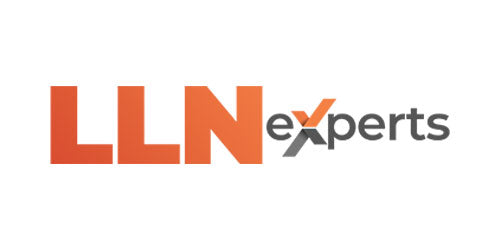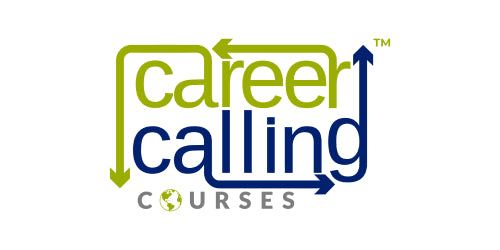Embarking on the journey to deliver quality Vocational Education and Training (VET) courses? Your compass for this adventure is the Training and Assessment Strategy (TAS). Think of TAS as the master plan or the blueprint that guides every step of your educational offerings, ensuring they meet both compliance standards and the real-world needs of your learners.
Understanding TAS: The Blueprint for Quality VET Training
A TAS is not just a document; it's a comprehensive approach that outlines how an RTO will deliver training and assessment. This strategy ensures learners achieve the desired outcomes, aligning with the specific requirements of a training package or accredited course. Whether you call it a Learning and Assessment Strategy (LAS), Qualification Delivery and Assessment Strategy (QDAS), or simply a "helicopter document," the essence remains the same – it's about making your training as effective and relevant as possible.
What Does TAS Cover?
Your TAS is the encyclopaedia of your training program, covering everything from the qualification codes, enrolment requirements, and details of training delivery to the qualifications of your trainers and assessors. It’s a living document requiring updates and modifications to stay aligned with how your training evolves over time.
How Auditors View TAS
Auditors look at TAS as the framework that ensures quality training delivery. They're interested in where and how training is delivered, the resources available to students, and the clarity of entry and exit requirements. In essence, they're ensuring your TAS sets a clear, achievable path for delivering quality education.
The Role of TAS Before Training Commences
Developing your TAS isn’t just a bureaucratic step; it’s an essential part of planning your course delivery. It needs to be "fit-for-purpose," tailored not just to the training product but to the specific modes of delivery, learner cohorts, and locations you're working with. This upfront work ensures that once training starts, you're on solid ground.
Adapting TAS for Different Cohorts
One size does not fit all when it comes to TAS. If you're delivering training to a new learner cohort with different needs or backgrounds, your TAS must adapt accordingly. This customisation ensures that your training remains relevant, engaging, and effective for every learner.
Creating a Fun and Engaging TAS
Developing your TAS doesn’t have to be a dry, tedious process. Approach it creatively – it’s your opportunity to design an educational experience that’s not only compliant but truly engaging and effective. Here are some tips to bring your TAS to life:
Interactive Workshops: Gather your educational team for brainstorming sessions. Use these workshops to creatively address the components of your TAS.
Industry Consultation: Engage with industry stakeholders in a dynamic way. Host roundtable discussions or interactive webinars to gather insights that will inform your strategy.
Learner Feedback Sessions: Incorporate feedback from past and current learners into your TAS development process. Use surveys, focus groups, or informal chats to gather valuable insights.
Technology Integration: Explore digital tools and platforms that can help you design, share, and update your TAS more effectively.
Final Thoughts
A well-crafted TAS is the cornerstone of quality VET training. By approaching its development with creativity and strategic thinking, you ensure that your training not only meets compliance standards but also delivers real value to your learners. Remember, a great TAS is more than just a document – it's the guiding star for your educational journey. If you want to learn more about TASs the best resources are written by CAQA Resources
As you embark on this adventure, keep your strategy dynamic, your approach creative, and your focus on quality. With a robust TAS in hand, you're well-equipped to navigate the complexities of VET training, ensuring that your learners are not just compliant but truly competent and ready for the challenges of their chosen careers.
FAQs: Crisis in the Making: Australian Education & Migration Sector Grapples with Soaring Visa Rejections
1.What is causing the crisis in Australia's international education and migration sector?
The crisis is primarily due to a significant increase in visa rejections for international students, particularly evident in the Higher Education (HE), Vocational Education and Training (VET), and English Language Intensive Courses for Overseas Students (ELICOS) sectors. This trend is contributing to challenges for educational institutions, educators, and international students.
2.How severe is the decline in visa grant rates?
In Q4 2023, the overall visa grant rate dropped to 82.5%, marking the lowest rate since 2005. The HE, VET, and ELICOS sectors individually experienced their lowest grant rates in recorded history despite an 8% increase in visa applications compared to Q4 2019.
3.Which nationalities are most affected by the visa rejections?
Applications from India and Nepal faced a particularly high rejection rate of 65% in Q4 2023, indicating that visa rejections disproportionately affect certain nationalities.
4.What are the consequences of the rising visa rejections for education providers?
Education providers are facing growing frustration and business uncertainty. The unpredictable nature of the visa application process, combined with an increase in rejections, could lead to colleges experiencing higher scrutiny, the need to halt offshore recruitment efforts, and significant administrative burdens.
5.What are industry experts saying about the situation?
Industry experts, such as Robert Parsonson of the Independent Schools Education Association of Australia (ISEAA) and representatives from English Australia, have expressed concerns about the impact of visa rejections on the cash flow of colleges and the future sustainability of the sector. They are calling for a dialogue with the government to understand and address the surge in rejections.
6.How could this trend impact Australia's international education sector?
The trend could compromise the sector's ability to maintain quality education due to the uncertainty surrounding student arrivals. It also raises questions about the government's approach to visa processing and its impact on genuine students and education providers.
7.What steps are being suggested to address the crisis?
A transparent dialogue between the government, education providers, and industry stakeholders is crucial. Establishing clear guidelines, ensuring consistent application processes, and improving communication are key measures needed to restore trust and stability in the sector.
8.Why is the international education sector important to Australia?
The international education sector is one of Australia's largest export earners and a significant contributor to the national economy. It also enhances Australia's global reputation as a leader in quality education and fosters cultural exchange and international ties.
9.What can potential international students do in light of these challenges?
Prospective international students should ensure their application documentation is complete and up-to-date, seek advice from reputable education agents or consultants, and stay informed about any changes to visa application processes and requirements.
10.Is there any hope for improvement in the visa rejection rates?
While the current trend poses significant challenges, the collaboration between the government and the education sector to address and understand the reasons behind the surge in visa rejections could lead to improvements in the visa processing framework, benefiting both students and the broader education sector.
FAQs: Mastering Training and Assessment Strategies in Vocational Education and Training (VET)
1.What is a Training and Assessment Strategy (TAS)?
A Training and Assessment Strategy (TAS) is a comprehensive document or approach that outlines how a Registered Training Organisation (RTO) will deliver training and assessment. It is designed to ensure learners achieve desired outcomes in line with the requirements of a training package or accredited course. TAS serves as the master plan guiding the educational offerings of an RTO.
2.Why is a TAS important for delivering VET courses?
A TAS is crucial for delivering VET courses as it ensures that training is delivered effectively and aligns with compliance standards and the real-world needs of learners. It helps RTOs in planning their course delivery, ensuring quality education, and meeting the specific modes of delivery, learner cohorts, and locations.
3.What does a TAS typically cover?
A TAS covers various aspects of a training program, including qualification codes, enrolment requirements, details of training delivery, qualifications of trainers and assessors, training modes and methods, entry and exit points, learner cohort details, and more. It acts as an encyclopaedia for the training program.
4.How do auditors view TAS?
Auditors view TAS as a framework that ensures quality training delivery. They assess it to confirm that it sets a clear, achievable path for delivering quality education, focusing on how and where training is delivered, the resources available to students, and the clarity of entry and exit requirements.
5.Can a TAS be adapted for different learner cohorts?
Yes, a TAS must be adapted for different learner cohorts to ensure that the training remains relevant, engaging, and effective for every learner. Customisation is key to addressing the unique needs or backgrounds of new learner cohorts. The TAS should always be created again whenever there is a change in delivery mode, client cohort, delivery location, or any other requirement, such as the duration of a course.
6.How can I make the process of developing a TAS fun and engaging?
Developing a TAS can be made fun and engaging by incorporating interactive workshops, industry consultation, learner feedback sessions, and technology integration. These activities encourage creativity and strategic thinking in the TAS development process.
7.What are some tips for creating a dynamic and effective TAS?
Some tips for creating a dynamic and effective TAS include:
Engaging with industry stakeholders to ensure the training aligns with current industry needs.
Gathering and incorporating feedback from past and current learners.
Utilising digital tools and platforms for design and updates.
Keeping the TAS dynamic by regularly reviewing and updating it as training needs evolve.
8.Where can I find more information or resources on developing a TAS?
More information and resources on developing a TAS can be found through CAQA Resources, which offers detailed guides and insights into writing and implementing a TAS. They provide a series of articles that can be accessed online, offering valuable information on the topic.
9.How does a TAS contribute to the compliance of an RTO?
A TAS contributes to the compliance of an RTO by ensuring that all aspects of training and assessment are planned and delivered in accordance with the regulatory standards and requirements of the relevant training package or accredited course. It serves as evidence of the RTO's commitment to quality education and adherence to national VET standards.
10.How often should a TAS be reviewed and updated?
A TAS should be reviewed and updated regularly to ensure it remains relevant and effective. The frequency of updates may vary depending on changes in training packages, industry requirements, feedback from stakeholders, or the introduction of new teaching methods and technologies. Continuous improvement should be a key aspect of managing a TAS.






